The Unique World of Exotic Bird Ownership

Exotic birds, with their vibrant plumage and intelligent personalities, have captivated human imagination for centuries. From the majestic macaws to the chatty African greys, these avian companions bring color, sound, and unprecedented complexity to the households they inhabit. However, behind their beautiful appearances lies a reality many prospective owners don’t fully appreciate—exotic birds require extraordinary levels of attention, care, and commitment. Unlike more independent pets, parrots and other exotic birds have evolved as highly social creatures with cognitive abilities comparable to young children in some species. Their need for interaction isn’t just a preference; it’s a fundamental requirement for their psychological wellbeing and long-term health.
The Morning Ritual: Starting the Day Right

For exotic bird owners, the day typically begins early as most bird species naturally awaken with the sun. This morning period is crucial for establishing positive routines and meeting your bird’s initial social needs. A typical morning involves uncovering the cage, offering fresh water and breakfast, and engaging in the first significant social interaction of the day. Many experienced bird owners incorporate a 15-30 minute session of direct attention during this time—talking, singing, or simply being present while their bird eats and performs morning preening rituals. This early attention helps set a positive tone for the day and prevents the anxiety that can build in exotic birds that are left alone for extended periods after waking.
Nutritional Needs: More Than Just Seed

Providing proper nutrition for exotic birds demands significant daily attention and knowledge. Unlike cats or dogs with relatively standardized feeding regimens, exotic birds require a carefully balanced diet that often includes fresh fruits, vegetables, specialized pellets, and occasional nuts or seeds. Food preparation for these birds can take 15-30 minutes daily, as items need to be properly washed, chopped, and presented in ways that encourage natural foraging behaviors. The complexity increases with certain species—macaws, for instance, may need specific nuts for their powerful beaks, while lories require specialized nectar diets. Beyond the preparation time, owners must monitor consumption patterns and adjust offerings based on seasonal needs, health conditions, and individual preferences.
Mental Stimulation: Preventing Boredom and Behavioral Issues

Exotic birds possess intelligence comparable to primates in many cases, making mental stimulation a non-negotiable aspect of their care. Without adequate cognitive challenges, these birds frequently develop destructive behaviors including feather plucking, excessive screaming, and even self-harm. Responsible ownership involves dedicating at least 1-2 hours daily to providing mental enrichment through puzzle toys, foraging activities, training sessions, and environmental changes. The complexity of these activities should match the species’ cognitive abilities—African Greys and cockatoos, for example, quickly master simple puzzles and require increasingly challenging options. Many bird owners report spending significant time researching, creating, and rotating enrichment activities to prevent their intelligent companions from growing bored with familiar challenges.
Social Interaction: The Heart of Exotic Bird Care

Perhaps the most demanding aspect of exotic bird ownership is meeting their profound social needs. In the wild, most parrot species live in large flocks, constantly communicating and engaging with conspecifics throughout their waking hours. In captivity, human caregivers must substitute for this flock experience, providing a minimum of 3-4 hours of direct or ambient interaction daily. This doesn’t necessarily mean constant handling, but rather being in the same space, talking to the bird, or including them in family activities. Species like cockatoos and Amazon parrots are particularly demanding, often becoming destructive or developing stereotypical behaviors when left alone for extended periods. For working owners, this social requirement often necessitates creative solutions such as bird-sitters, carefully selected companions, or work-from-home arrangements.
Species-Specific Attention Requirements

The attention needs of exotic birds vary dramatically between species, creating a spectrum of commitment levels for potential owners. At the lower end, some finches and canaries may thrive with just 1-2 hours of ambient interaction daily, provided they have appropriate companionship from their own kind. Mid-range species like conures and smaller parrots generally require 2-4 hours of direct human engagement spread throughout the day. At the highest level of need are the larger parrots—macaws, cockatoos, and African Greys—which evolved as lifelong pair-bonded animals and may require 5+ hours of attention daily. These differences highlight the importance of species-appropriate expectations; what constitutes neglect for a cockatoo might be adequate care for a budgerigar, though all exotic birds need significantly more attention than many other common pets.
Physical Exercise: Keeping Birds Fit and Healthy

Providing adequate physical exercise represents another time-intensive aspect of exotic bird care that many owners underestimate. In the wild, most parrot species fly several miles daily, exercising powerful flight muscles and maintaining cardiovascular health. Captive birds need daily opportunities for this physical activity through supervised out-of-cage time in bird-proofed spaces. Responsible ownership involves allocating at least 2-3 hours daily for physical activity sessions, which must be actively supervised to prevent accidents, ingestion of harmful materials, or escape. For larger species like macaws, this exercise requirement becomes even more critical as they’re prone to obesity and related health issues when confined to cages for extended periods. Many dedicated owners create elaborate play areas with climbing structures, swings, and flight paths to encourage natural movements and physical conditioning.
Vocalization Patterns and Management

The vocal nature of exotic birds requires specific attention throughout the day, particularly during dawn and dusk when most species experience natural calling periods. These contact calls serve evolutionary purposes for flock coordination and become directed at human caregivers in captivity. Managing these vocalizations demands consistent attention during peak calling times (typically 15-30 minutes after waking and before sunset) when birds will seek reassurance and interaction. Ignored calls often escalate into problematic screaming that can become habitual and difficult to modify. Experienced owners incorporate “conversation” sessions during these natural vocalization periods, responding to calls with attention and interaction while avoiding reinforcement of excessive noise. This vocalization management represents a daily time commitment that continues throughout the bird’s life, which can span decades for many exotic species.
Training Sessions: Essential for Handling and Behavior

Regular training represents a critical time investment for exotic bird owners, serving both behavioral and safety purposes. Unlike domesticated pets, exotic birds retain much of their wild instincts and require careful, consistent training to develop trust and manageable behaviors. Most experts recommend dedicated daily training sessions of 10-15 minutes, ideally multiple times throughout the day. These sessions should focus on essential handling skills (step-up commands, recall training), behavioral boundaries, and enrichment activities that stimulate natural intelligence. The cumulative time investment becomes substantial, often totaling 30-60 minutes daily for basic maintenance training, with additional time needed for new skills or addressing behavioral challenges. Without this regular training attention, even previously well-behaved birds can develop problematic behaviors that threaten the human-avian relationship.
Healthcare Monitoring and Maintenance

The subtle nature of avian illness creates another daily attention requirement that responsible exotic bird owners must address. Birds instinctively hide symptoms of illness until conditions become advanced, an evolutionary strategy to avoid predation that now complicates captive care. This natural tendency means owners must spend time daily (typically 5-10 minutes) observing subtle health indicators including droppings, breathing patterns, food consumption, and behavior changes. Beyond this daily monitoring, regular preventative care involves checking and maintaining proper beak and nail condition, assessing feather quality, and performing habitat maintenance to prevent health issues. For species prone to specific health concerns, like African Greys with their calcium sensitivity or cockatoos with their dusty feathers, additional monitoring and preventative care further increases the daily attention commitment.
Cage Maintenance and Environmental Care
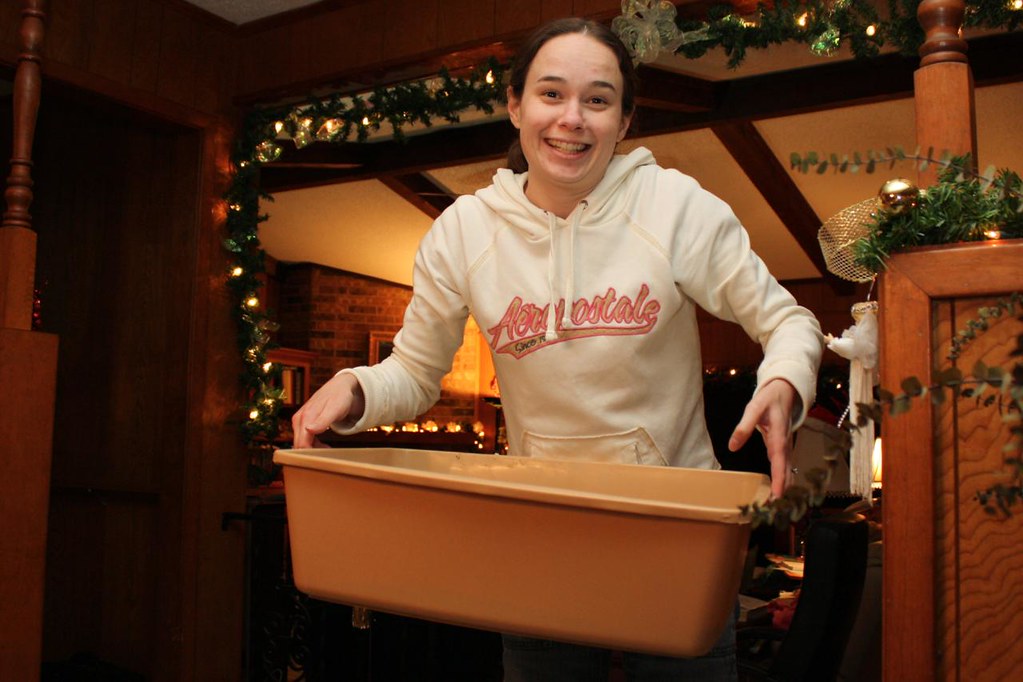
Maintaining appropriate living conditions for exotic birds represents a significant daily time investment that directly impacts their physical and psychological well-being. Unlike some pets with weekly cleaning requirements, bird habitats typically need daily attention to remove droppings, change soiled substrate, clean food and water containers, and disinfect perching surfaces. This basic maintenance averages 15-30 minutes daily, with more thorough weekly cleanings requiring 1-2 hours. Beyond cleaning, environmental maintenance includes adjusting light exposure to maintain natural circadian rhythms, monitoring appropriate temperature and humidity levels, and removing potential toxins from the bird’s accessible environment. The meticulous nature of this care stems from birds’ extreme sensitivity to environmental contaminants and their tendency to interact intensively with all elements of their habitat.
The Evening Wind-Down: Settling Birds for Night

Exotic birds require specific attention during the transition to nighttime, mirroring their natural behavioral patterns in the wild. Evening routines typically involve another period of social interaction as birds naturally gather and communicate before roosting. This wind-down period demands 20-30 minutes of attention, often including final feeding, interaction, and preparation of the sleeping environment. Many species benefit from consistent bedtime rituals that might include covering cages (for species that prefer darkness), adjusting night lights for those prone to night frights, and final social reassurance. Without proper evening attention, many birds experience anxiety that manifests as night screaming, restlessness, or even night frights that can cause injury. Experienced owners recognize this evening attention as non-negotiable regardless of their personal schedules or fatigue levels.
Long-Term Commitment: The Lifetime Perspective

Perhaps the most sobering aspect of exotic bird attention needs is the extraordinary duration of the commitment involved. Unlike dogs or cats with lifespans of 10-15 years, many parrot species regularly live 30-70+ years in captivity, with some individuals documented to reach ages exceeding 80 years. This longevity means the daily attention requirements outlined above potentially continue for decades, spanning major life changes including relationships, careers, housing situations, and health status. The implications of this timeline are profound—a 30-year-old acquiring a young macaw may be providing the described daily care well into their senior years. This perspective transforms the question from “how much daily attention” to “how much lifetime attention,” with accumulated care hours potentially numbering in the tens of thousands over the course of ownership.
Balancing Bird Care With Human Life

Successfully integrating exotic bird care into a functioning human lifestyle requires careful planning and realistic expectations about attention capabilities. Most experienced owners develop systems that blend dedicated interaction periods with opportunities for birds to participate in normal household activities. These might include shower perches for bathroom time, secure playgyms in home offices, or specialized bird rooms where birds can safely observe family activities while receiving ambient attention. Multi-bird households often develop different dynamics, with birds providing some social needs for each other, though human interaction remains essential. Even with optimal arrangements, the reality is that exotic bird ownership significantly shapes daily schedules, travel possibilities, housing choices, and even career decisions for those committed to meeting their birds’ substantial attention needs.
Conclusion: The Rewards of Meeting Exotic Birds’ Needs

The attention requirements for exotic birds undeniably represent one of the most demanding commitments in the realm of animal companionship. A realistic assessment suggests most exotic bird species need a minimum of 4-6 hours of direct or ambient human interaction daily, with additional time for practical care tasks like feeding, cleaning, and enrichment preparation. This level of commitment exceeds what many prospective owners anticipate and contributes to the unfortunate cycle of rehomed birds. However, for those with the lifestyle flexibility, resources, and dedication to meet these needs, the rewards prove extraordinary. The deep bonds formed with these intelligent, emotional creatures create relationships unlike any other pet experience—complex communications develop, mutual trust builds over years, and many owners describe their avian companions as life-changing presences. The key lies in honest self-assessment about attention capabilities before bringing these magnificent but demanding creatures into our homes.


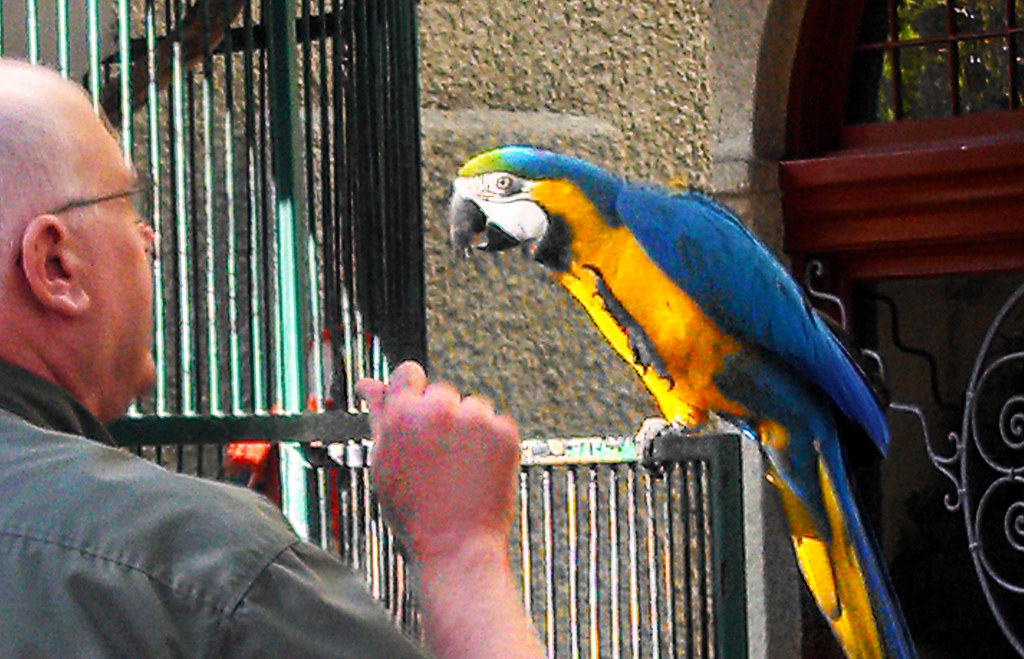
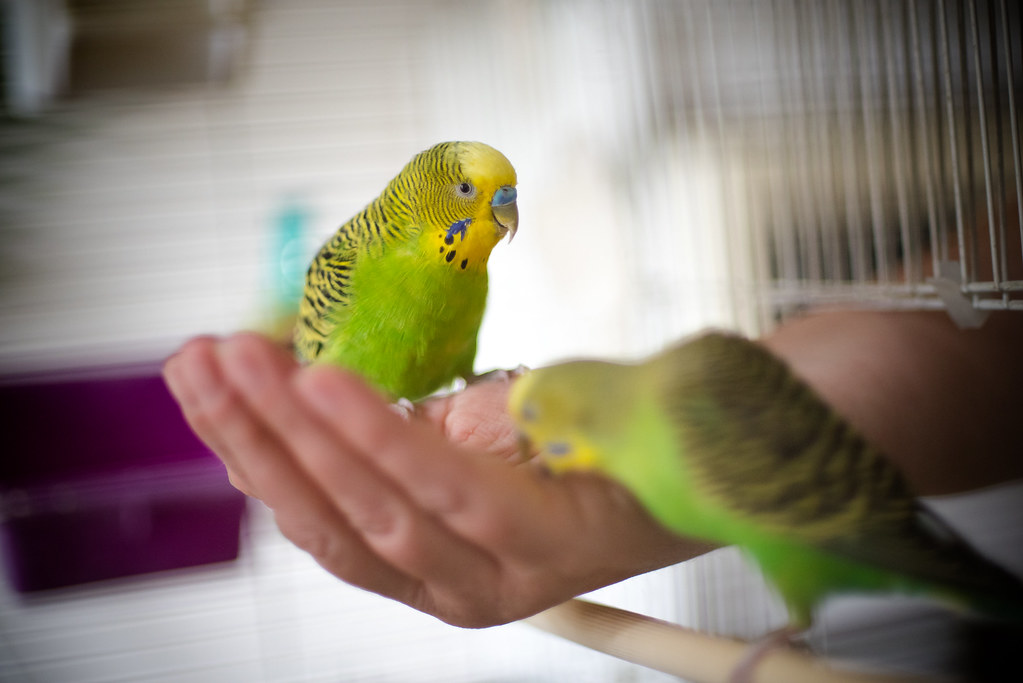
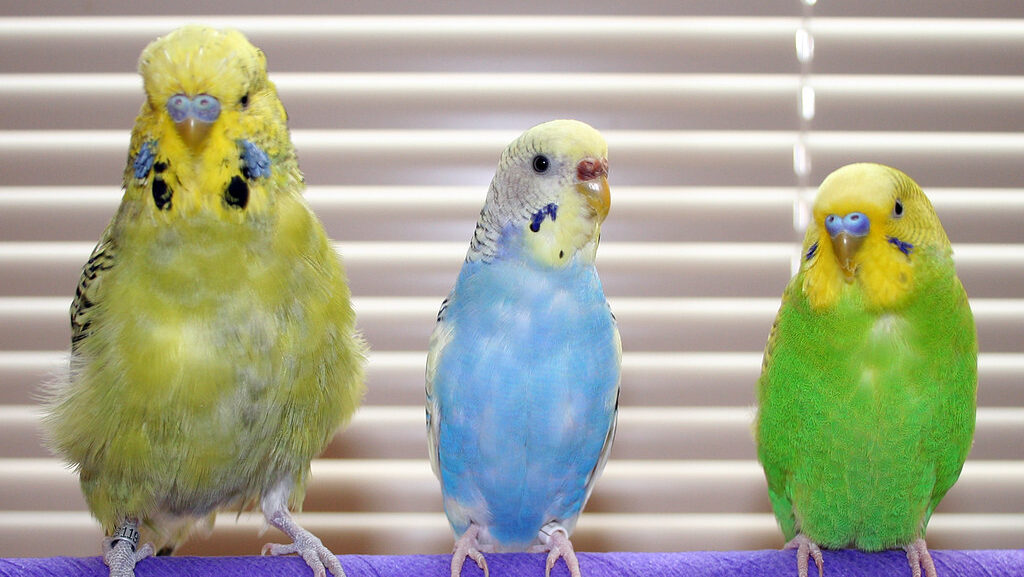
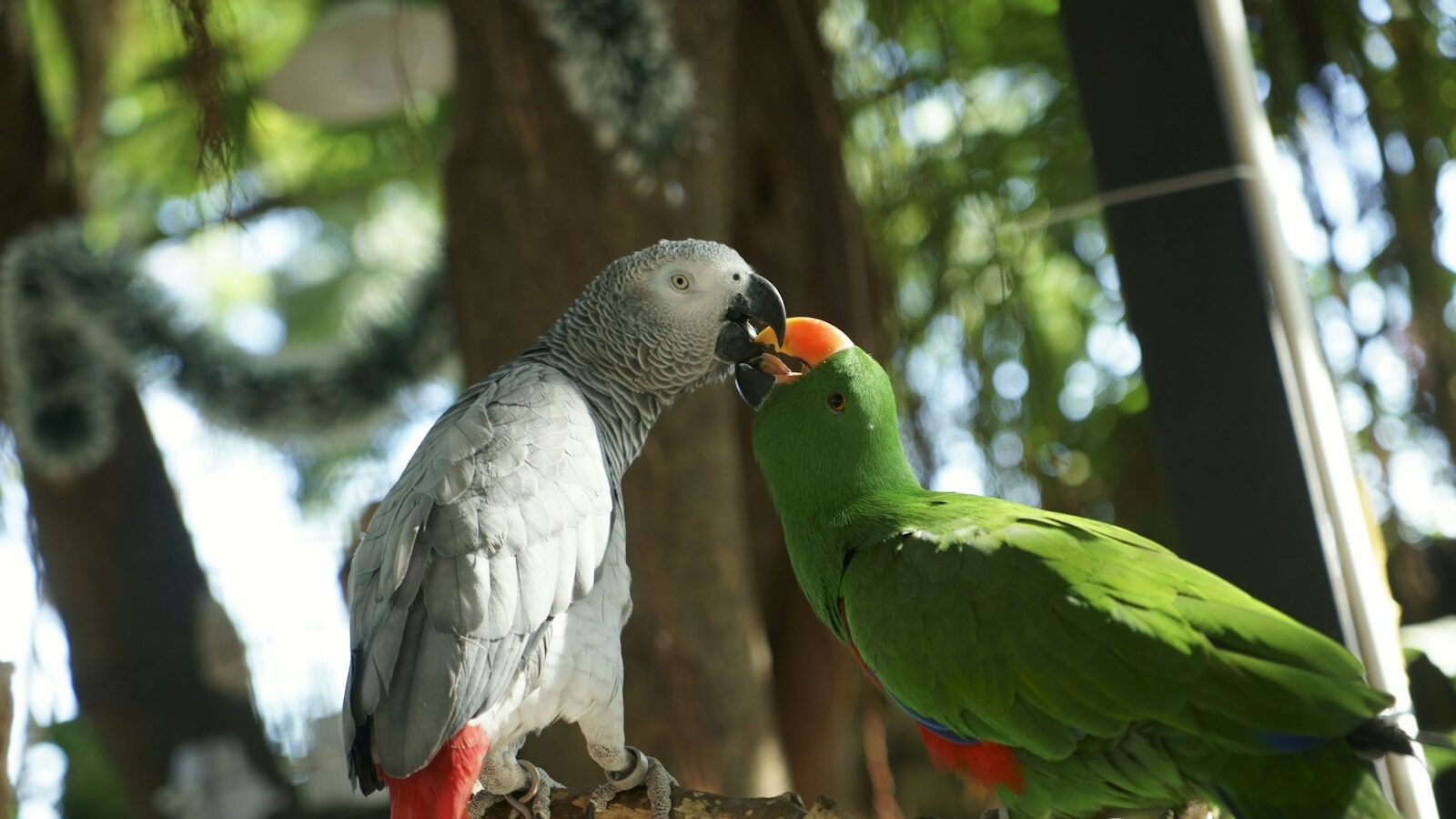
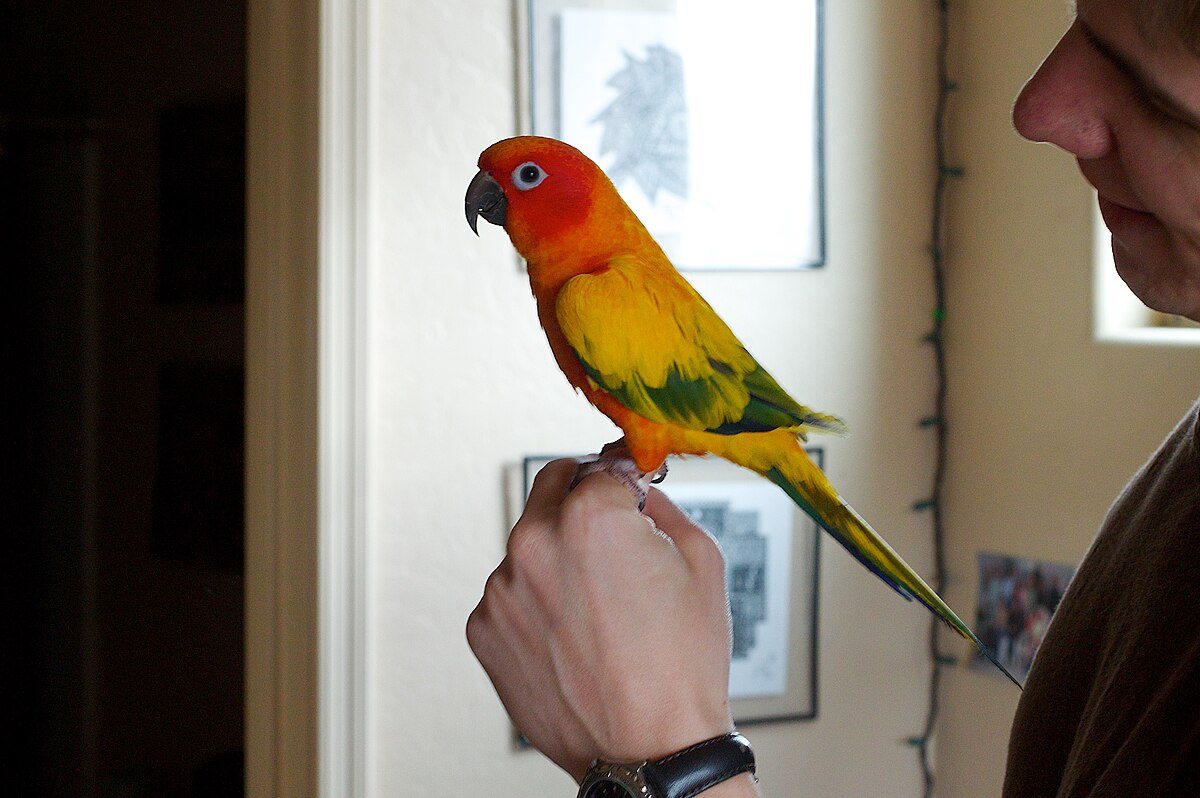
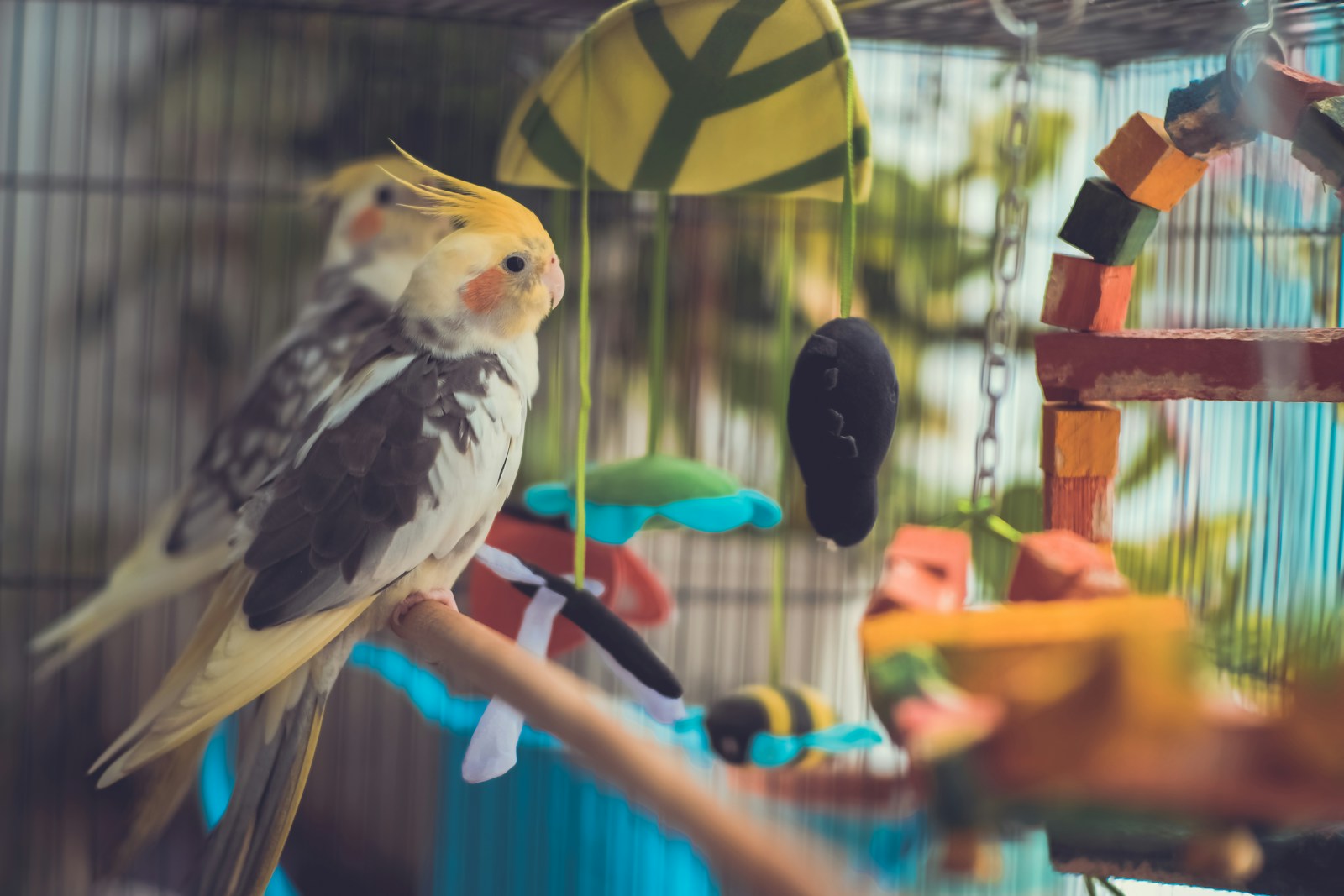
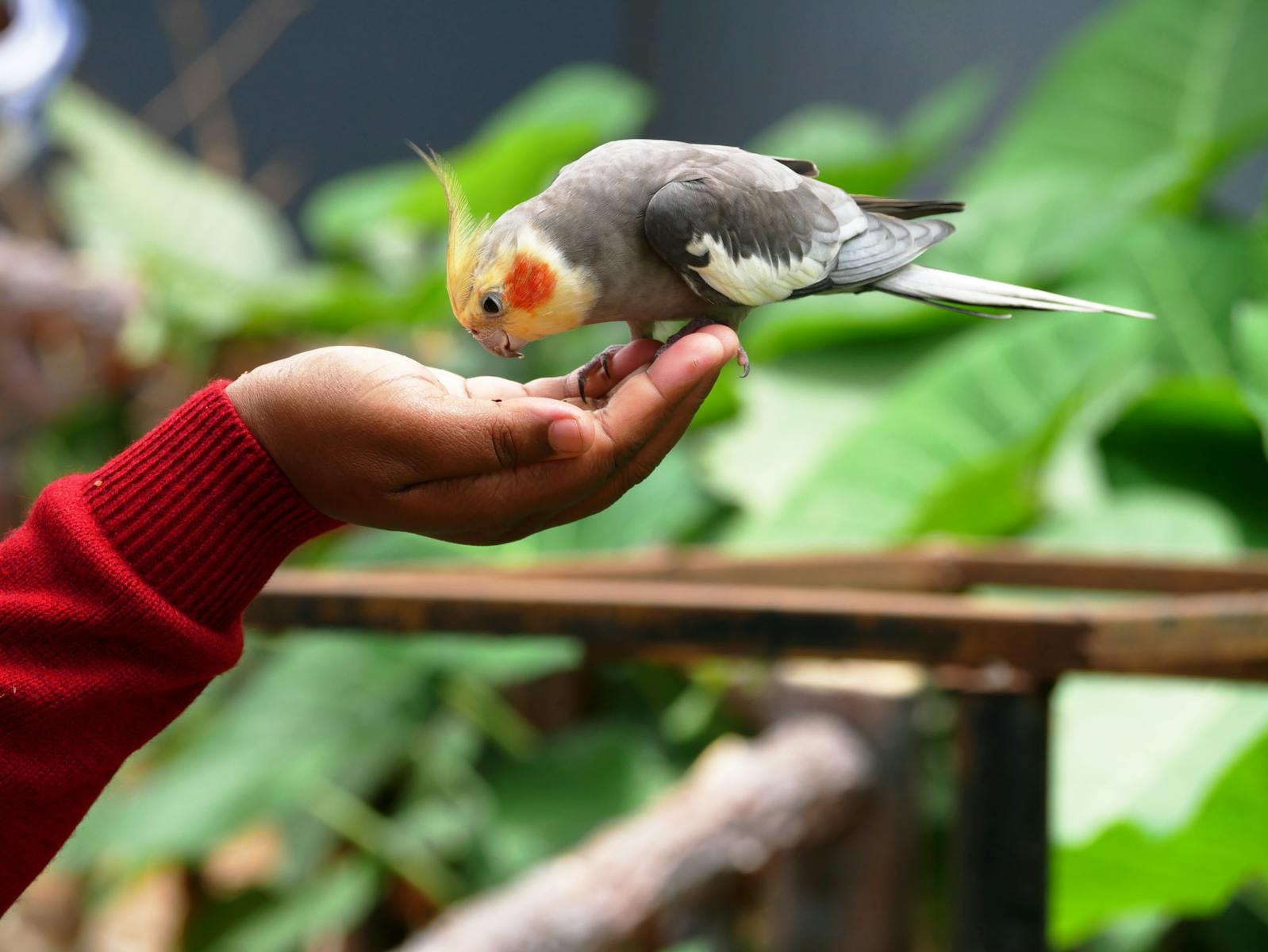
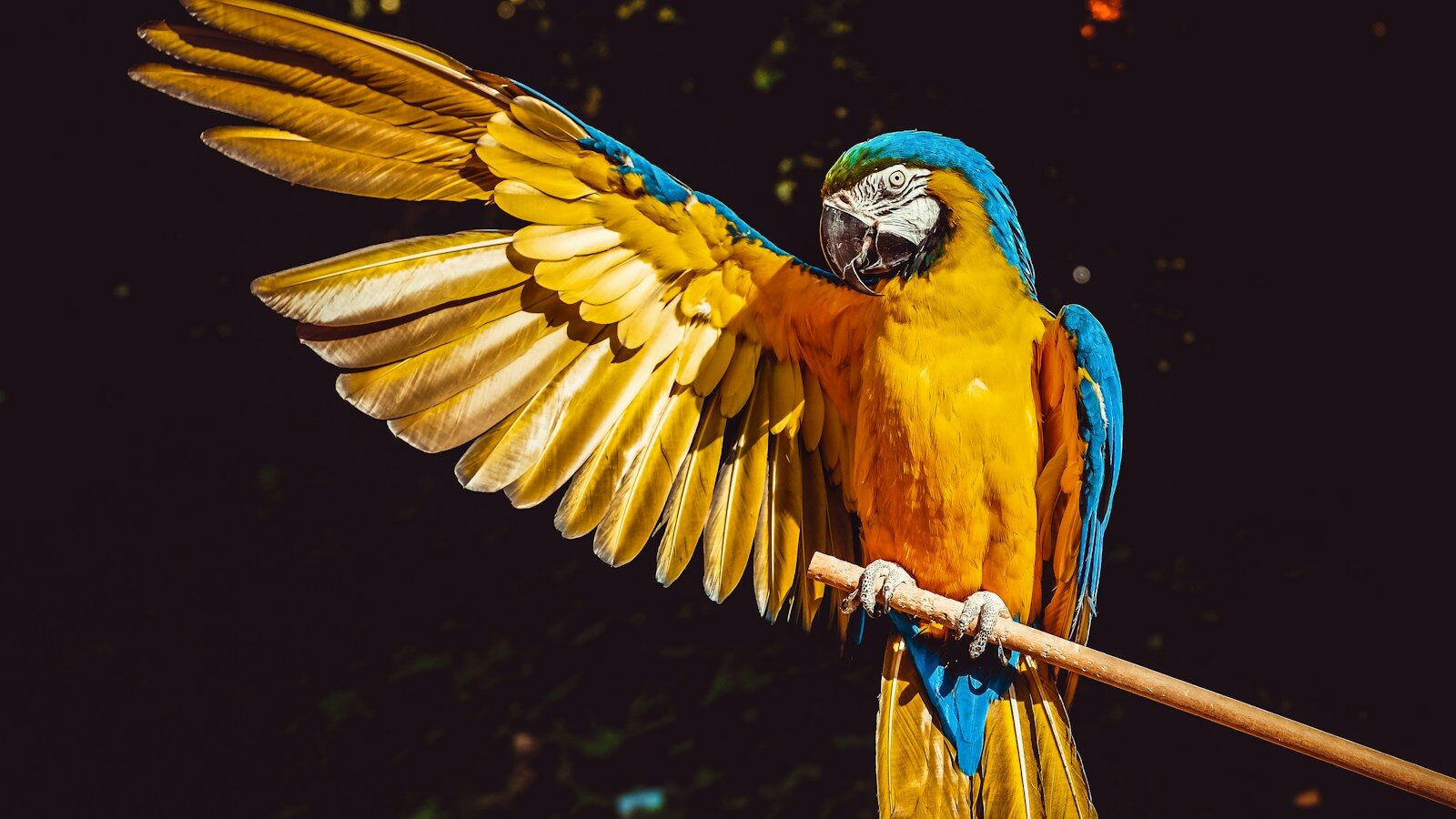




Leave a Reply